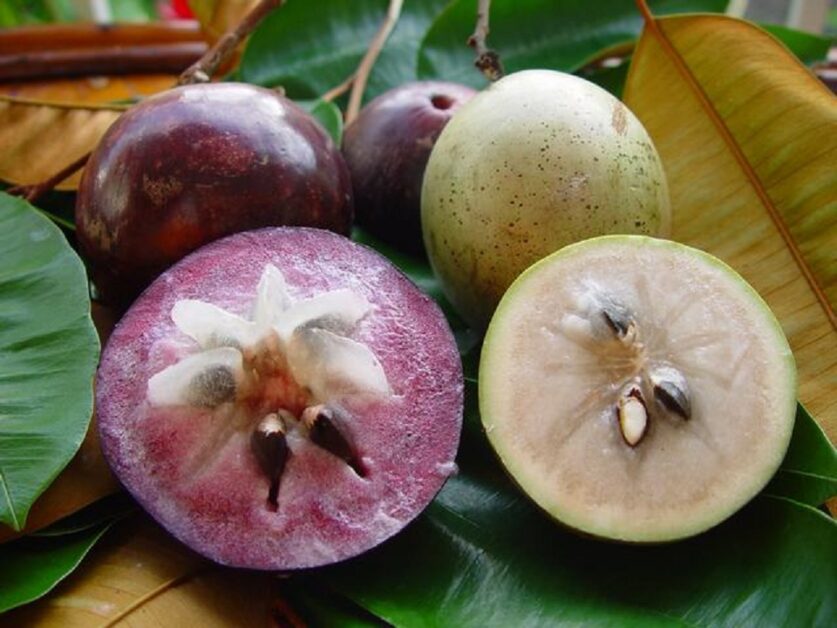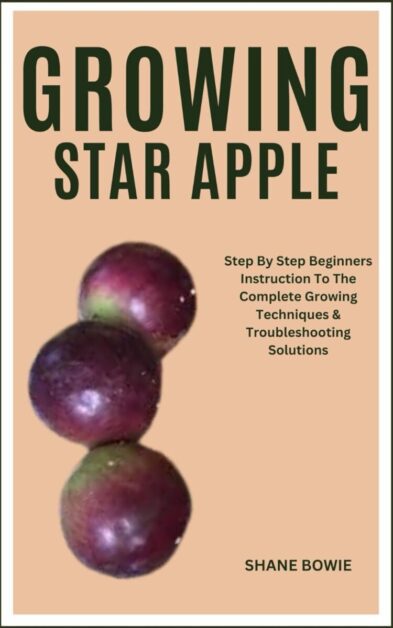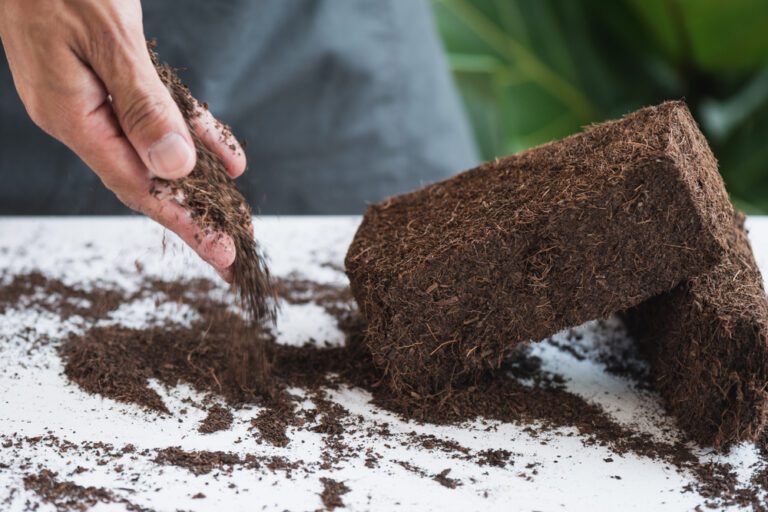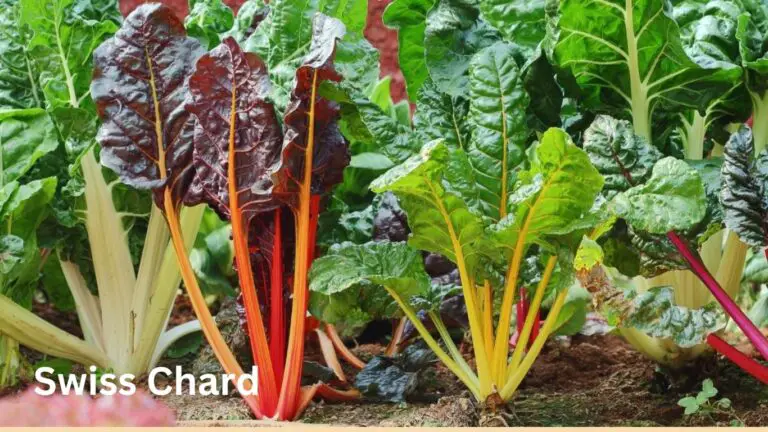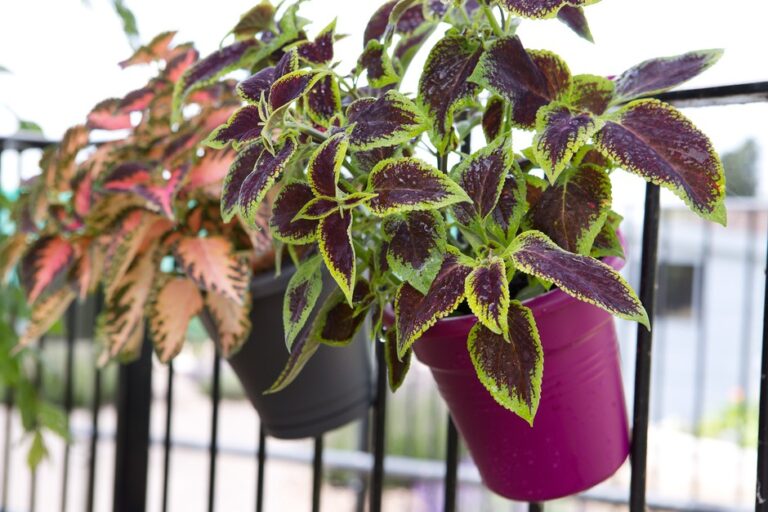Growing Star Apple: A Fruit You’ve Never Heard Of
Ever wondered about a fruit that’s not just delicious but also looks like it belongs in a fairy tale? Enter Star Apple, the exotic beauty that’s capturing hearts and taste buds alike. With its unique star-shaped core and sweet, juicy flesh, this tropical delight is a must-have for any fruit enthusiast. In this blog, we’ll explore the wonders of Star Apple cultivation, from planting to harvesting, bringing a taste of the tropics right to your backyard.
So, get ready to embark on a fruity adventure and discover how you can grow your very own piece of paradise. Let’s make your garden shine with the magic of Star Apple!
Table of Contents
Benefits of Star Apple
Star apples, also known as “caimito,” are delightful tropical fruits that offer both flavor and health benefits. Let’s explore their virtues:
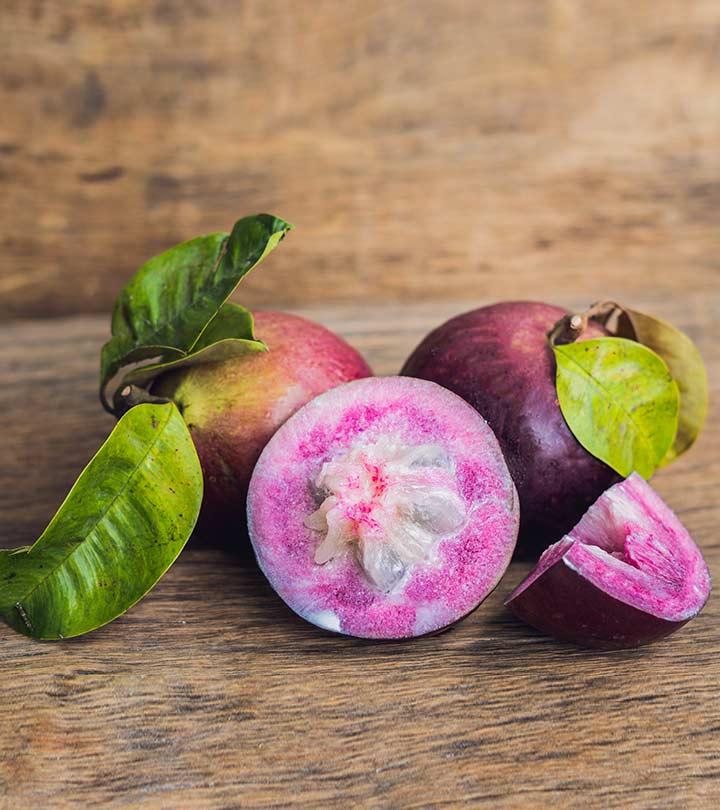
- Flavor and Sweetness:
- Star apples have a sweet and unique taste, making them a delightful addition to your palate.
- Their juicy, creamy flesh is often described as a blend of flavors, including hints of grape, pear, and apple.
- Nutrient-Rich Profile:
- Vitamin C: Star apples are a great source of vitamin C, which supports the immune system, aids in wound healing, and acts as an antioxidant.
- Dietary Fiber: The fruit is rich in dietary fiber, essential for digestive health. Fiber promotes regular bowel movements and helps prevent constipation.
- Antioxidants: Star apples contain antioxidants that combat free radicals, potentially reducing the risk of chronic diseases.
- Health Benefits:
- Immune System Support: Vitamin C boosts immunity, helping your body fight off infections and illnesses.
- Digestive Health: The fiber content aids digestion, regulates bowel movements, and supports gut health.
- Skin Health: Antioxidants contribute to healthy skin by protecting against oxidative damage.
- Storage and Consumption Tips:
- Ripeness: Choose ripe star apples with a vibrant purple or green skin (depending on the variety). They should yield slightly when gently pressed.
- Seeds: Remove the seeds before consuming; they are not edible.
- Enjoy Fresh: Eat the fruit fresh by slicing it open and scooping out the flesh. Chill it for a refreshing treat.
- Caution: Some people may experience allergic reactions to star apple latex, so be mindful if you have latex allergies.
Incorporate star apples into your diet for their unique flavor and healthful properties. 🌟🍏🌟.
Where Star Apples Grow
Remember, while star apples can be a delightful addition to your garden or diet, it’s always important to consume them in moderation as part of a balanced diet. Enjoy!
There is a book given below about the growing guide for star apple. That you should read before you start growing star apple. This is a comprehensive guide for anyone interested in growing the Star Apple, a tropical fruit commonly grown in South America and Asia. The author, Shane Bowie, provides a step-by-step guide that is easy to follow for beginners, yet detailed enough for more experienced gardeners.
The book covers everything from the basic understanding of the Star Apple tree, its native lands, and the conditions it thrives in, to the complete growing techniques. It provides valuable information on how to care for the tree, including the ideal temperature, light conditions, and water management.What sets this book apart is its focus on troubleshooting solutions. It addresses common problems that one might encounter while growing the Star Apple tree and offers practical solutions. This includes dealing with pests and diseases, as well as handling issues related to temperature and light conditions.
Overall, “GROWING STAR APPLE” is a valuable resource for both novice and experienced gardeners. It’s a must-read for anyone looking to expand their knowledge on growing tropical fruits and troubleshooting common gardening problems. Whether you’re planning to grow a Star Apple tree in your backyard or on a larger scale, this book provides all the information you’ll need to succeed.
✅ Troubleshooting Solutions: In addition to growing techniques, the book includes troubleshooting solutions. This feature is invaluable for gardeners facing challenges or unexpected issues during the growing process. Having troubleshooting guidance readily available enhances the overall usefulness of the book.
✅ Informative Content: Readers can expect to find detailed information about star apple trees, including their origins, characteristics, and cultivation requirements. Such informative content enriches the reading experience and equips readers with essential knowledge to cultivate these tropical fruits successfully.
✅ Practical Advice: The book likely offers practical advice on various aspects of star apple cultivation, such as soil preparation, watering, pruning, and pest management. Practical tips can empower readers to make informed decisions and take effective actions to ensure the health and productivity of their star apple trees.
✅ Accessible Format: With its paperback format and manageable length of 54 pages, the book is likely easy to read and reference. Its accessibility makes it suitable for individuals who prefer concise yet informative guides that can be quickly digested and applied in real-world gardening scenarios.
❌ Potential Lack of Depth: Given its concise nature, the book might not delve deeply into advanced topics related to star apple cultivation. Readers seeking in-depth knowledge or specialized techniques may find the content somewhat lacking in detail or complexity.
❌ Dependence on Author’s Expertise: The effectiveness of the techniques and troubleshooting solutions presented in the book may depend on the author’s expertise and experience in star apple cultivation. Readers should consider the author’s credentials and reputation within the gardening community when assessing the reliability of the information provided.
❌ Language Barrier: While the book is written in English, language barriers could pose challenges for readers who are not fluent in the language. Translations may not be readily available in all languages, potentially limiting access to valuable information for non-English-speaking audiences.
Nutritional Value of Star Apples
Star apples offer a wide array of essential nutrients that contribute to a well-rounded diet.
- Nutrient-Rich: Star apples are packed with vitamins, minerals, and antioxidants, making them a nutritious fruit choice.
- Vitamin C: One cup of star apple slices provides a significant amount of Vitamin C, crucial for immune function and skin health.
- Fiber Content: Star apples contain fiber, aiding in digestion and promoting gut health.
- Potassium: Rich in potassium, star apples help regulate blood pressure and maintain heart health.
- Calcium: Offers a good amount of calcium, supporting strong bones and teeth.
- Health Benefits: Including star apples in your diet can be a tasty way to boost essential nutrient intake and enjoy various health benefits.
The following table explain nutritional value of star apples:
| Nutrient | Amount per 100g | Treatment/Effect |
|---|---|---|
| Calories | 67 kcal | Provides energy |
| Carbohydrates | 16.5 g | Source of energy |
| Fiber | 3.3 g | Promotes digestive health |
| Vitamin C | 29.9 mg | Boosts immune system |
| Calcium | 18 mg | Supports bone health |
| Iron | 0.6 mg | Aids in oxygen transport |
| Potassium | 123 mg | Regulates blood pressure |
| Magnesium | 9 mg | Supports muscle function |
| Vitamin A | 0.007 mg | Promotes vision health |
Note: The nutritional values are approximate and may vary based on factors such as ripeness and growing conditions. Star apples are a good source of various nutrients beneficial for overall health.
How to Identify a Star Apple
Star apples are easily identified by their distinctive appearance.
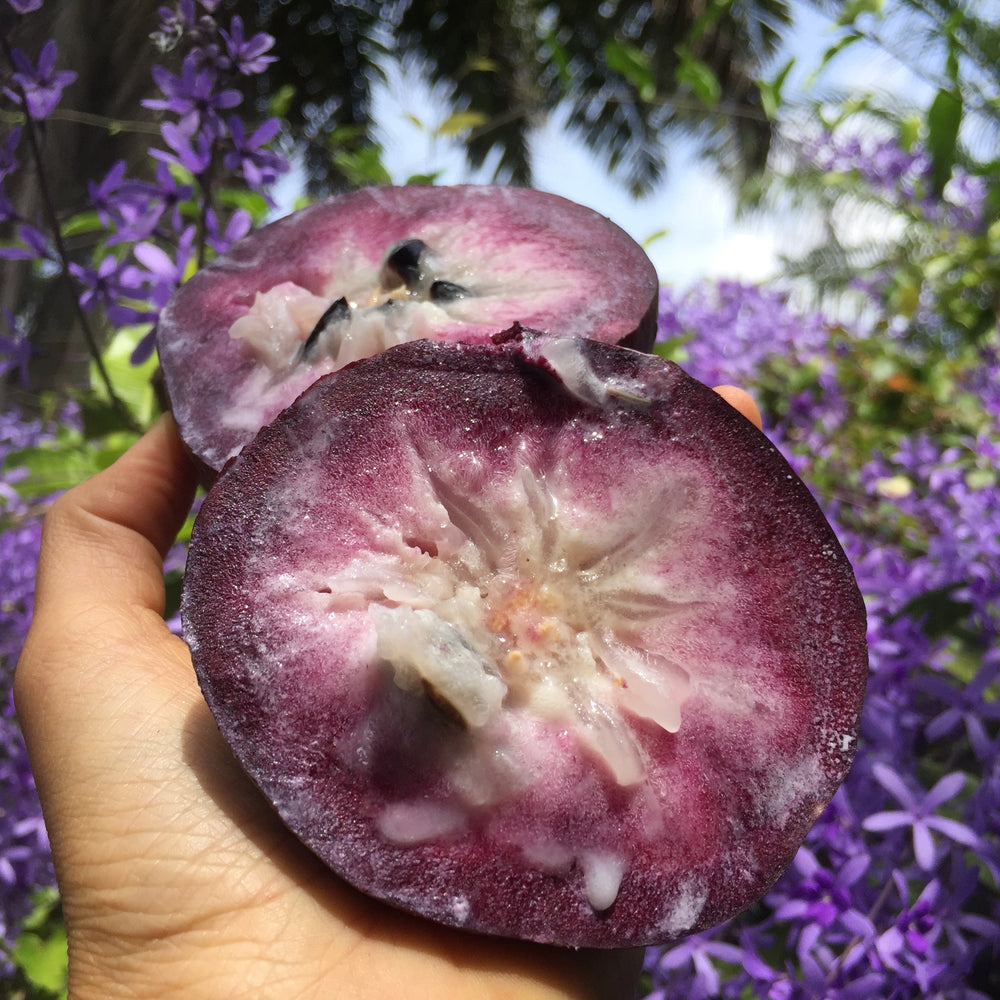
Different Varieties of Star Apples
Star apples come in various types, each with its unique characteristics and flavors. Here’s a table summarizing the information about different varieties of Star Apples:
| Variety | Advantages | Disadvantages | Characteristics |
|---|---|---|---|
| Chrysophyllum cainito | Resistant to pests, diseases, and high winds. Produces quantities of delicious fruit year after year. | Not well studied. The latex can stick onto your skin and lips and dry them out. | Apple-sized delights have a sweet flesh with small seeds arranged in a typical star pattern. |
| Green and Yellow Caimite | Contains low levels of Vitamin C, calcium and phosphorous. | The latex can stick onto your skin and lips and dry them out. | Pale to white flesh. |
| Purple Caimite | Contains low levels of Vitamin C, calcium and phosphorous. | The latex can stick onto your skin and lips and dry them out. | Deep purple rind and flesh, but the center is often pale to white in color. |
| African Star Apple | Rich in water, antioxidants, vitamins, minerals, and dietary fiber. | Nutritional qualities are undocumented. | Esteemed in many places. |
Please note that the information about the disadvantages and characteristics of these varieties is not exhaustive due to the lack of scientific research. It’s always a good idea to do more research or consult with a horticulturist if you’re considering growing these varieties.
The History of Star Apples
Star apples (Chrysophyllum cainito) indeed have a fascinating history that spans centuries and continents. Let’s delve into their captivating journey:
- Origins in the Caribbean:
- Native Habitat: Star apples are believed to have originated in the Caribbean, specifically within the Greater Antilles region.
- Ancient Cultivation: Historical evidence suggests that ancient civilizations, including the Mayans and Aztecs, cultivated star apples in South America.
- Colonial Era and Global Spread:
- European Influence: During the colonial era, European explorers and traders played a significant role in introducing star apples to new regions.
- Portuguese Contribution: The Portuguese were instrumental in spreading the cultivation of star apples to various parts of the world.
- Southeast Asia and Africa: Star apples found their way to Southeast Asia, including countries like the Philippines and Indonesia, where they thrived in the favorable tropical climates.
- Diverse Cultivation Practices: As the fruit gained popularity, different regions adopted their own cultivation practices, leading to the development of distinct varieties with unique flavors and characteristics.
- Enduring Appeal:
- Despite the passage of time, star apples continue to captivate fruit enthusiasts with their sweetness, creamy texture, and nutritional benefits.
- Whether enjoyed fresh or incorporated into culinary delights, star apples remain a testament to the rich tapestry of human history and our enduring fascination with exotic fruits.
Next time you savor a juicy star apple, remember the centuries of cultivation and the diverse cultures that have cherished this tropical gem! 🌟🍏🌎.
Health Benefits of Star Apples
Star apples are not only delicious but also packed with numerous health benefits. Rich in dietary fiber, star apples can help improve digestion and promote gut health. Additionally, they are a good source of vitamin C, an essential nutrient that supports the immune system and aids in collagen production for healthy skin.
How to Grow Star Apple Trees
To cultivate thriving star apple trees, it is essential to provide optimal growing conditions that mimic their natural habitat.
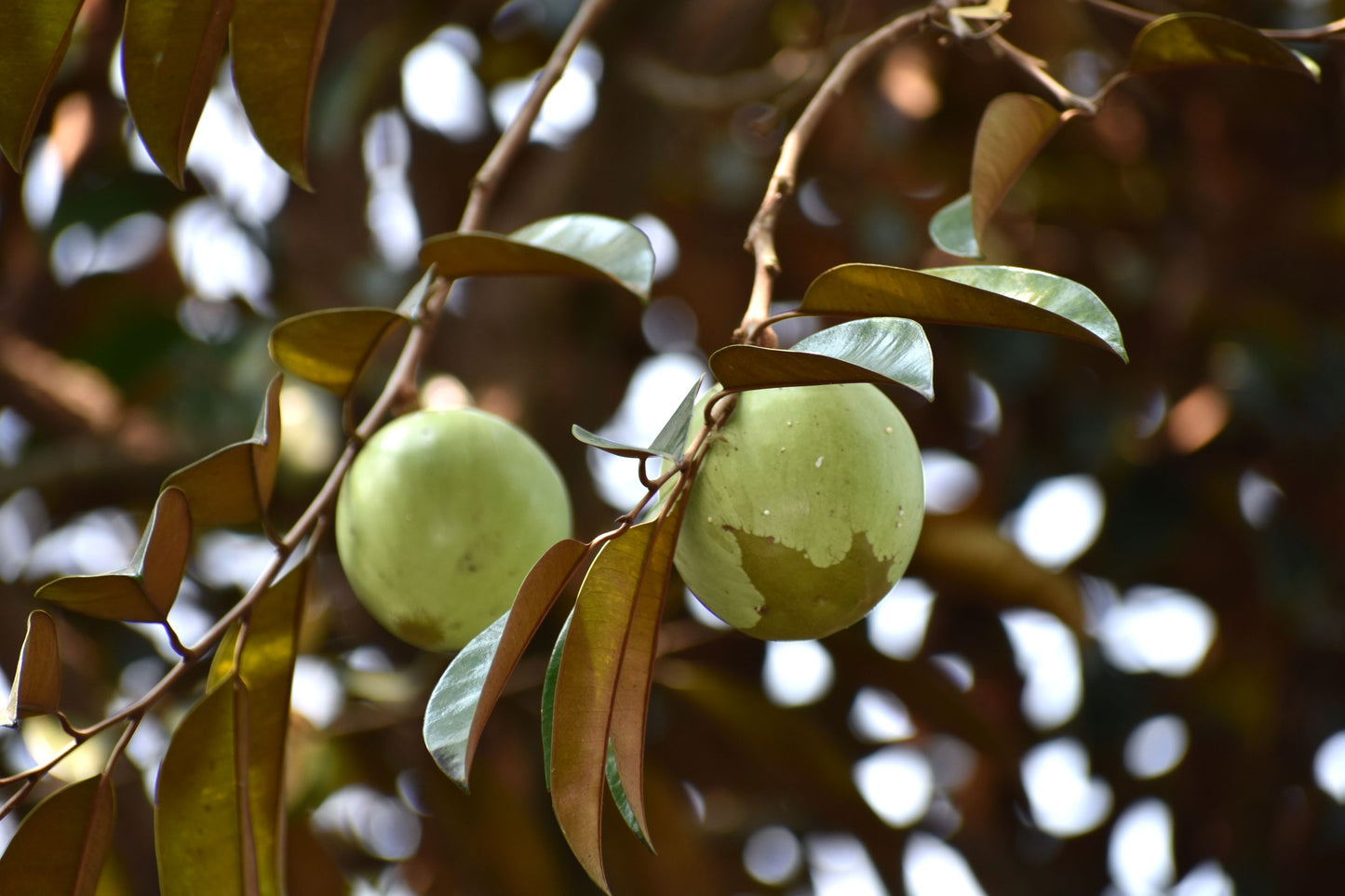
- Preferred Climate and Conditions: Star apples thrive in tropical climates with well-draining soil and ample sunlight.
- Location Selection: Plant star apple trees in a location protected from harsh winds to promote healthy growth and fruit production.
- Consistent Moisture: Ensure consistent moisture levels through regular watering, especially during dry spells, to maintain tree vitality.
- Propagation Methods: Star apple trees can be propagated through seeds, grafting, or air-layering.
- Seed Propagation: Requires patience as it may take several years for the tree to bear fruit.
- Grafting: Speeds up the fruit-bearing process by grafting onto a suitable rootstock.
- Air-Layering: Encourages root development by wrapping a branch in moist material before separating it from the parent tree.
- Early Care and Attention: Whichever propagation method is chosen, proper care during the early stages of growth is essential for establishing a strong and productive star apple tree.
Harvesting Star Apples
Remember, patience and care are key to enjoying the perfect star apple!
Common Pests and Diseases of Star Apple Trees
Star apple trees are susceptible to various pests and diseases that can affect their growth and fruit production.
The following table explains pests and diseases of star apple trees:
| Pest/Disease | Symptoms | Treatment | Effects on Plant |
|---|---|---|---|
| Aphids | Distorted growth, curled leaves. Woolly aphids cause galls on roots and twigs. | Introduce beneficial predators (e.g., green lacewings). Use insecticidal soap during spring bud opening. Apply Beauveria bassiana to kill adults. | Reduced health of established trees; potential death of young specimens. |
| Apple Maggots | Larvae tunnel into fruit, causing brown trails. Premature fruit drop. | Use sticky traps to monitor and control adult flies. Apply insecticides during egg-laying periods. | Reduced fruit quality and yield. |
| Codling Moths | Larvae bore into fruit, leaving frass-filled tunnels. Premature fruit drop. | Apply pheromone traps to monitor and disrupt mating. Use insecticides during egg-laying periods. | Damaged fruit and reduced yield. |
| Spider Mites | Fine webbing on leaves. Yellowing and stippling of foliage. | Spray with water to dislodge mites. Use insecticidal soap or neem oil. | Reduced photosynthesis and overall plant health. |
| Scale Insects | Sticky honeydew on leaves. Sooty mold growth. | Prune infested branches. Apply horticultural oil or insecticidal soap. | Weakened plant growth and reduced vigor. |
| Leafhoppers | Yellowing and curling of leaves. Reduced growth. | Remove weeds (leafhopper hosts). Use insecticides if necessary. | Impaired photosynthesis and stunted growth. |
| Borers | Entry holes in bark. Sawdust-like frass. Wilting and dieback. | Remove infested wood. Apply insecticides to prevent future infestations. | Structural damage and weakened branches. |
| Tent Caterpillars | Silk tents in branches. Defoliation. | Prune and destroy tents. Apply Bacillus thuringiensis (Bt) if needed. | Reduced foliage and overall tree health. |
| Thrips | Silver streaks on leaves. Distorted growth. | Use insecticidal soap or neem oil. Encourage natural predators (e.g., ladybugs). | Damaged leaves and reduced vigor. |
Remember to monitor your star apple trees regularly and take appropriate action to prevent or manage these pests and diseases. 🌟🍏🌿.
Proper pest and disease management practices, such as regular monitoring, pruning of infected parts, and application of appropriate fungicides or insecticides, are crucial to maintaining the health and productivity of star apple trees.
I’ve been using the Garden Safe Insecticidal Soap in my garden for a few weeks now and I’m extremely pleased with the results. This product has proven to be an effective solution for controlling a variety of harmful insects and bugs that were affecting the health of my plants.What I appreciate most about this product is that it’s non-toxic and environmentally safe. I feel at ease knowing that I’m not introducing any harmful chemicals into my garden. The soap works by penetrating the body of pests and disrupting their membrane and cellular function, leading to their rapid death.
Another advantage of this product is that it can be used up to the day of harvest. This is particularly beneficial for my vegetable garden as it ensures that my produce is safe for consumption.
In terms of improvement, I would appreciate if the product had a more pleasant scent. However, this is a minor issue considering the effectiveness of the product.Overall, I highly recommend the Garden Safe Insecticidal Soap to any gardener looking for an effective, safe, and environmentally friendly solution to control pests in their garden. It’s certainly a staple in my garden care routine now
- Effective Pest Control: The product effectively controls a variety of pests, including aphids, mealybugs, mites, leafhoppers, psyllids, scale insects, thrips, whiteflies, and more. It targets these pests through contact, providing a practical solution for gardeners dealing with infestations.
- Organic Gardening: Suitable for organic gardening, this insecticidal soap aligns with environmentally-friendly practices. It contains specially selected soaps (fatty acid salts) that offer pest control without relying on synthetic chemicals, making it a preferred choice for those seeking natural solutions.
- Versatile Use: Garden Safe Insecticidal Soap can be used both indoors and outdoors, making it suitable for a wide range of applications. It can be safely sprayed on vegetables, fruit trees, ornamentals, shrubs, flowers, and gardens, providing flexibility for gardeners in addressing pest issues.
- User-Friendly Application: Available as a ready-to-use spray, the product offers convenience and ease of application. Gardeners can thoroughly spray insect pests on all plant parts, including the undersides of leaves, ensuring comprehensive coverage for effective pest control.
- Pet and Environmentally Safe: The formulation is safe for use around pets and does not harm beneficial insects when applied as directed. This feature ensures that garden ecosystems remain balanced while effectively managing pest populations.
- Potential for Mold and Fungus: Some customers have reported that the product can promote the growth of mold and fungus under certain conditions. This aspect highlights the importance of proper application and environmental factors to prevent unintended consequences.
- Mixed Reviews on Effectiveness: While many customers praise the product’s effectiveness in controlling pests, there are mixed opinions regarding its overall efficacy. Some users have experienced varying degrees of success, indicating that results may depend on factors such as pest severity and application technique.
- Comfort Aspect: A minor point raised by a customer is the mention of “comfort” in relation to the product. While not directly impacting its efficacy, this observation underscores the importance of clarity in product features and descriptors for consumers.
Cooking with Star Apples
Star apples can be a versatile addition to your culinary adventures.

- Eat Raw: Enjoy star apples as they are for a delicious and healthy snack.
- Desserts: Use them in pies, tarts, or ice creams for a tropical twist.
- Beverages: Juice them or blend into smoothies for a refreshing drink.
- Savory Dishes: Make chutneys or sauces with star apples, or use them as a topping for salads or grilled meats.
- Experiment: Try using star apples in different recipes to create unique flavors.
Remember, cooking is all about creativity. So, don’t be afraid to experiment and try new things with star apples! Enjoy your culinary adventure.
Here is my favorite recepie of it give it a try! Star Apple Delight Recipe: A Tropical Twist on a Classic Dessert
Ingredients:
- 4 ripe Star Apples
- 1 cup granulated sugar
- 1/2 cup water
- 1 teaspoon vanilla extract
- 1/2 teaspoon ground cinnamon
- Whipped cream or vanilla ice cream (optional)
Instructions:
- Wash and peel the Star Apples, then remove the seeds and cut them into small pieces.
- In a saucepan, combine the Star Apple pieces, sugar, water, vanilla extract, and cinnamon.
- Cook over medium heat, stirring occasionally, until the mixture thickens and the Star Apples are soft (about 15-20 minutes).
- Remove from heat and let it cool slightly.
- Serve warm with a dollop of whipped cream or a scoop of vanilla ice cream for a delightful tropical dessert experience.
Enjoy the luscious sweetness of Star Apples in this easy-to-make and delicious dessert that will transport your taste buds to a tropical paradise!
Fun Facts About Star Apples
Star apples, also known as “caimito,” offer more than just their delicious flavor.
- Did you know that the star apple gets its name from the unique star-shaped pattern formed when the fruit is sliced horizontally?
- This striking visual appearance not only makes the fruit aesthetically pleasing but also adds a fun element to its consumption.
- Another interesting fact about star apples is their cultural significance in various regions where they are grown.
- In some countries, star apples are considered a symbol of good luck and prosperity, and they are often included in traditional rituals and celebrations.
- The rich history and folklore surrounding this fruit make it even more intriguing for those who appreciate unique and exotic fruits.
Cultural Significance of Star Apples
Star apples (Chrysophyllum cainito) indeed have a fascinating history that spans centuries and continents. Let’s delve into their captivating journey:
- Origins in the Caribbean:
- Native Habitat: Star apples are believed to have originated in the Caribbean, specifically within the Greater Antilles region.
- Ancient Cultivation: Historical evidence suggests that ancient civilizations, including the Mayans and Aztecs, cultivated star apples in South America.
- Colonial Era and Global Spread:
- European Influence: During the colonial era, European explorers and traders played a significant role in introducing star apples to new regions.
- Portuguese Contribution: The Portuguese were instrumental in spreading the cultivation of star apples to various parts of the world.
- Southeast Asia and Africa: Star apples found their way to Southeast Asia, including countries like the Philippines and Indonesia, where they thrived in the favorable tropical climates.
- Diverse Cultivation Practices: As the fruit gained popularity, different regions adopted their own cultivation practices, leading to the development of distinct varieties with unique flavors and characteristics.
- Enduring Appeal:
- Despite the passage of time, star apples continue to captivate fruit enthusiasts with their sweetness, creamy texture, and nutritional benefits.
- Whether enjoyed fresh or incorporated into culinary delights, star apples remain a testament to the rich tapestry of human history and our enduring fascination with exotic fruits.
Next time you savor a juicy star apple, remember the centuries of cultivation and the diverse cultures that have cherished this tropical gem! 🌟🍏🌎.
Sustainable Farming Practices for Star Apples
Star apples are a popular fruit known for their unique flavor and health benefits. Implementing sustainable farming practices for Star Apples is crucial for preserving the environment and ensuring long-term productivity. Here are some eco-friendly techniques to consider:

- Organic Pest Control: Utilize natural predators, beneficial insects, and organic pesticides to manage pests without harming the ecosystem.
- Water Conservation: Implement drip irrigation systems and mulching to reduce water usage and minimize wastage.
- Soil Health: Practice crop rotation, cover cropping, and composting to maintain soil fertility and structure without relying heavily on synthetic fertilizers.
- Biodiversity: Encourage biodiversity by planting companion crops, creating wildlife habitats, and preserving natural areas within the farm.
- Energy Efficiency: Opt for renewable energy sources, such as solar panels or wind turbines, to power farm operations and reduce carbon footprint.
By adopting these sustainable farming practices, you can cultivate Star Apples in an environmentally friendly manner that promotes biodiversity, conserves resources, and ensures the longevity of your orchard for future generations.
Global Demand for Star Apples
- Star Apples are Popular: Star Apples, a tropical fruit known for their unique flavor and nutritional benefits, are gaining popularity worldwide.
- Major Producers: Countries like Jamaica, Vietnam, and the Philippines are leading in Star Apple production.
- Why They’re Loved: The sweet and juicy taste of Star Apples, along with their health benefits, make them a favorite in both local and international markets.
- Rising Consumer Awareness: As more people learn about the nutritional value of fruits like Star Apples, their demand is expected to rise.
- Healthy Eating Trend: The current trend of healthy eating and interest in exotic flavors makes Star Apples a great choice for consumers globally.
- Growing Demand: The global demand for Star Apples is projected to increase, providing opportunities for farmers and exporters.
- Market Expansion: This rising trend is expanding the market for these delicious fruits, making it a promising sector for investment and growth.
Remember, while Star Apples are becoming more popular, it’s important for producers to maintain quality and for consumers to ensure they’re sourced sustainably.
Future Trends in Star Apple Production
As the global demand for star apples continues to rise, future trends in star apple production suggest a shift towards sustainable farming practices to meet this growing need. Future trends in star apple production may include:
- Eco-Friendly Cultivation Methods: Farmers prioritize organic farming and integrated pest management to ensure the sustainability of star apple orchards.
- Technological Advancements: Implementation of advanced irrigation systems and crop monitoring technologies improves production efficiency, leading to higher yields and better quality star apples.
- Variety Diversification: Increasing popularity of exotic fruits drives the trend towards diversifying star apple varieties to cater to diverse consumer preferences in terms of flavor, texture, and color.
- Future Trends: Potential future trends in star apple production may include:
- Genetic Improvement: Development of new star apple varieties through breeding programs to enhance flavor, yield, and disease resistance.
- Precision Agriculture: Adoption of precision agriculture techniques such as drones and sensors for more accurate monitoring and management of orchards.
- Sustainable Packaging: Shift towards eco-friendly packaging options to reduce environmental impact and meet consumer demand for sustainable products.
- Global Market Expansion: Exploration of new markets and export opportunities to capitalize on the increasing demand for exotic fruits worldwide.
- Increased focus on postharvest preservation methods: Research is likely to continue on developing effective and environmentally friendly methods to preserve star apples, such as the use of edible coatings like agar/glycerol, which can help reduce quality changes and moisture loss, extending the fruit’s shelf life.
- Exploration of new applications: The African Star Apple, known for its medicinal properties, is likely to be the subject of further research into its potential uses in food and pharmaceutical applications, particularly in Nigeria and West Africa.
- Expansion of product lines: The production of jam from star apples, as seen in the example of African Star Apple jam, is likely to continue, as it is perceived to have health benefits and a natural taste that could appeal to consumers.
- Investigation of health benefits: Research into the health benefits of star apple products, such as jam, is likely to be encouraged, as it could lead to the development of new products that cater to specific health needs, such as for diabetic patients.
- Promotion of local markets: The desire for star apple products in local and global markets is likely to drive efforts to promote their consumption and production, as consumers seek variety in their breakfast dishes and other food products.
By introducing new and improved star apple cultivars through advanced breeding techniques, producers aim to capture a larger market share and stay competitive in the ever-evolving fruit industry.
Watch video for more information:
FAQ
Can star apples be grown in all climates?
Star apples thrive in tropical climates with consistent warmth and humidity. They may not do well in colder or dry regions.
Are there any specific pests that target star apple trees?
Star apple trees can be susceptible to pests such as fruit flies, aphids, and mealybugs. Regular monitoring and proper pest management practices can help protect the trees.
How Long Does It Take For A Star Apple Tree To Start Producing Fruit?
Star apple trees typically start producing fruit within 3-4 years of planting. However, it may take longer in some cases depending on growing conditions.
Can you eat the skin of a star apple?
The skin of a star apple is not typically eaten, as it is tough and bitter. It is best to scoop out the flesh and enjoy it.
Are there any traditional medicinal uses of star apples?
In some cultures, star apples are believed to have medicinal properties and are used to treat conditions such as diarrhea and high blood pressure. However, it is important to consult a healthcare professional before using star apples for medicinal purposes.

Studied Agricultural Engineering-Plant Protection at University of California, Davis.
Head of Content writing team at Southelmontehydroponics.com

